"Fence art" of the ancients: archaeologists regularly find offensive inscriptions
Categories: History
By Pictolic https://pictolic.com/article/fence-art-of-the-ancients-archaeologists-regularly-find-offensive-inscriptions.htmlMany believe that offensive inscriptions on walls and fences are a sad sign of our era associated with the decline of morals. But this is not so — people have always written nasty things in a prominent place. Moreover, they did it much more diligently, so some of these inscriptions have survived to this day. Recently, another indecent message, which is about 1700 years old, was found in Velibritania in the county of Northumberland.
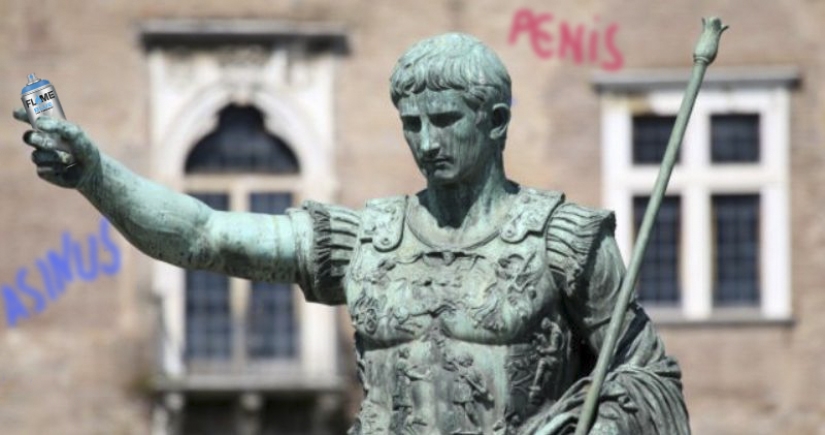
As it often happens, the discovery was made by accident. A volunteer of the archaeological foundation Vindolanda Charitable Trust, Dylan Herbert, found a stone with traces of processing in a pile of garbage. It was plastered with mud and therefore did not attract the attention of scientists, having fallen into a pile of stones and earth on the edge of the excavation. They found a block on the territory where the Roman settlement of Vindolanda was once located.

Herbert took the find to the archaeologists and they, after cleaning it, found a drawing and an inscription. In the lower part of the stone, measuring 40 by 15 cm, a phallus was carved, and above the inscription — SECVNDINVS CACOR. If not for the inscription, one would think that this was a fragment of a building or an altar of a phallic cult. But experts on Roman epigraphy have found out that everything is much more prosaic.
The first word of the inscription Secundinus is a male name,. Well, the second is the abbreviated or illiterate written word "cacator", which translates into Russian as "asshole". There is a possibility that the author of the inscription deliberately cut it down, seeing that it does not fit completely. By the way, the word "asshole" was a very serious insult to the ancient Romans. The sexual organ, carved nearby, enhances the offensiveness of the inscription.
Archaeology professor Andrew Birley commented on the find as follows:
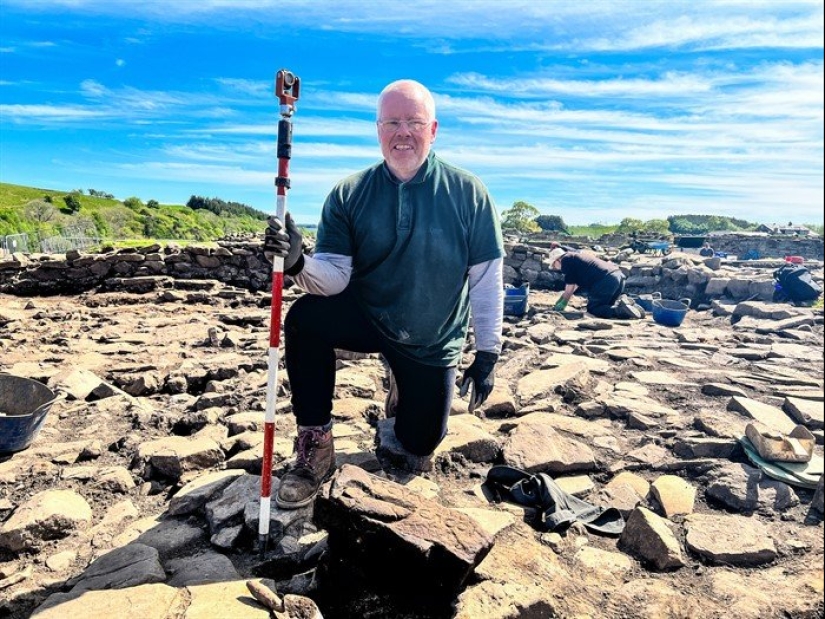
As for the phallus, its image cannot be interpreted unambiguously. Depending on the context, it could mean both an insult and a wish for good. In ancient times, the male sexual organ was considered a symbol of fertility and a talisman of good luck. Therefore, his images are found on various objects, from the walls of temples to household utensils. In the same case, the value of the penis is definitely negative.
Archaeologists noted that the inscription was made quite professionally. The person who wanted to perpetuate Secundin's insult spent a lot of time and effort on creating this "masterpiece". But he knew what he was doing—you can't erase and paint over such an inscription. In the settlement of Vindolanda, founded in 85 AD, many images of phalluses were found, but this turned out to be the best.
A few years ago, a resident of Scotland from Egg Island was digging a cesspool in his yard. In it he found an unusual stone, to which clearly someone had a hand. There was an inscription on the cobblestone, the language of which could not be immediately determined. If you read it in Latin, it looks like "Furku.Al ". But later scientists came to the conclusion that these are not letters, but runes. They were used by Germanic and Scandinavian tribes that inhabited Europe in the early Middle Ages.
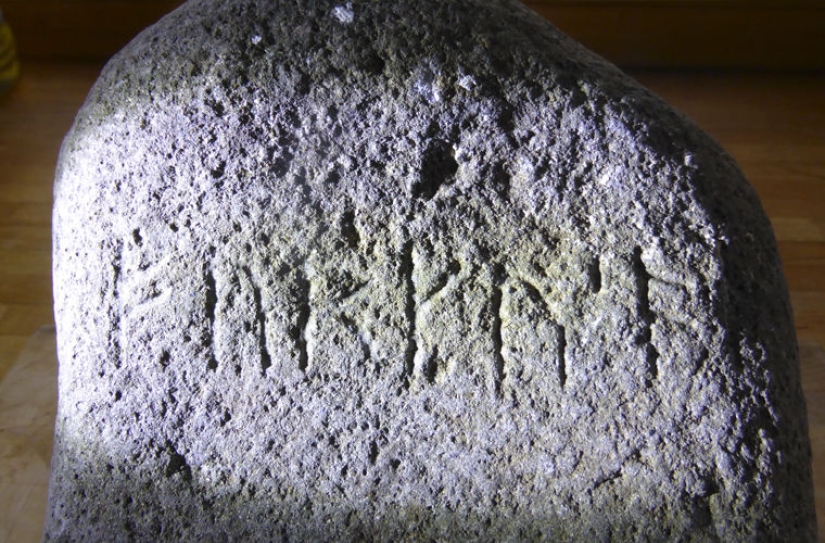
Some experts interpreted the inscription as the name "Furkusal" or the Scottish surname "Furkuson". But there were others who are sure that a curse is written on the stone. furk is a swear word similar to the modern fuck, us — "us" or "you", al — "all".
Thus, the message on the stone can be translated as "Fuck you all..." or even rougher. Now it is difficult to talk about who spent time on such a message and to whom it was addressed. Some are inclined to believe that the curse was flogged by builders who were poorly paid. Probably, one of them made an inscription and laid it in the wall of the house. We will never know the details of this story.
In our view, the inhabitants of ancient Rome wore white togas and quoted Cicero. But in those days, as well as today, there were all sorts of things that the excavations eloquently tell about. There are many inscriptions on the walls of Pompeii and Herculaneum that can disappoint idealists. Thanks to the layer of volcanic ash that hid the ruins for centuries, they have survived to the present day.
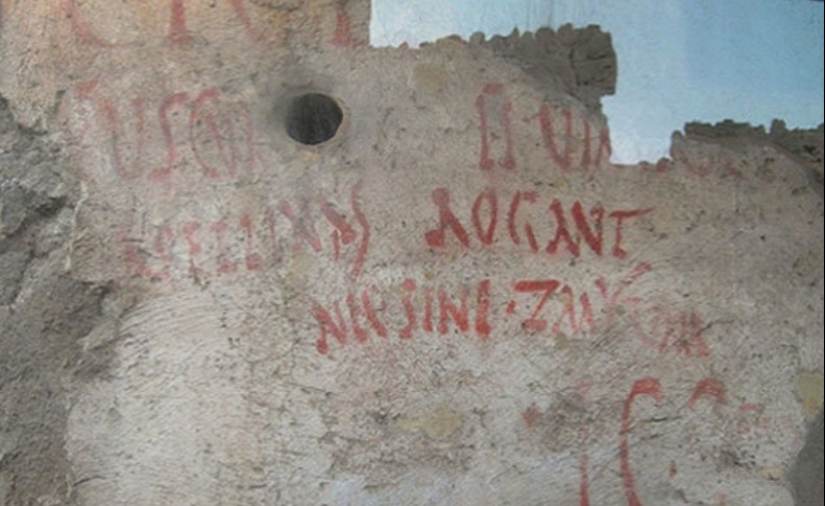
Cursing inscriptions were found in various places. They were on the walls of houses, baths and institutions, fences and, of course, in public toilets. They may not seem too brutal to us, but we need to make allowances for the fact that these are traces of a completely different culture. In Caesar's time, these phrases were very offensive.
The Romans wrote with fantasy: "Phileros is a eunuch!", "Samius to Cornelius: Go and hang yourself!", "Lucius Istacidius, I don't want to know the one who didn't invite me to dinner." There were enough indecent images on the walls that looked just like modern ones. The inscription in one of the alleys of Herculaneum strikes to the depths of the soul: "To the one who shits here. Beware of the curse! If you disobey, the wrath of Jupiter will fall on you." Isn't that a cry of the soul?
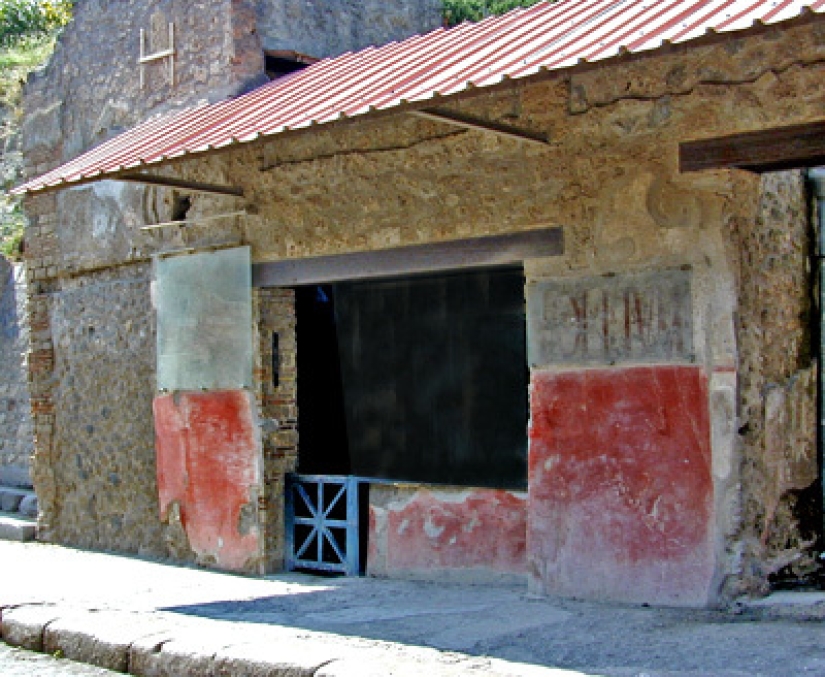
On the wall of one of the inns of Herculaneum, someone trolled the careless owner: "We wet the bed. I admit we did wrong, master. Are you going to ask us why? There was no chamber pot in the room." We think the owner of the hotel was not too happy with such a "review".
Recent articles

The celebrities we are used to seeing on the screen or in history textbooks, outside of all this hype around, are ordinary people. ...

At the beginning of their career, many actors grab any role – just to light up on the screen. And then, years later, when they ...

Arabic writing is very different from Cyrillic and Latin. And this difference is not only in the form of the letters themselves. In ...